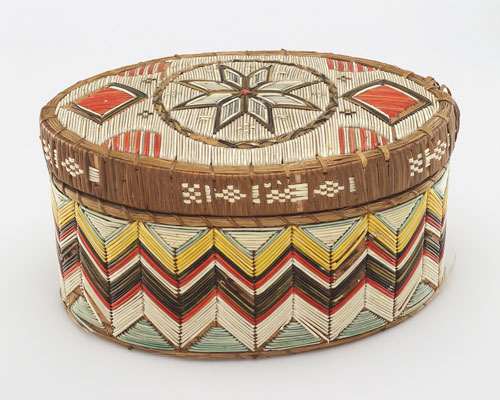Fashion is an art form that constantly evolves, reflecting and shaping the cultural values and technological advancements of the world. To navigate environmental sustainability challenges, the fashion industry is turning to innovative materials derived from nature, such as algae, kelp, and seaweed. These marine organisms present intriguing artistic possibilities and question our relationship with the natural world. This exploration of biodegradable textiles invites us to consider how artistry and environmental stewardship coexist.
Seaweed, well-loved in many cultures, especially in Asia, has shifted from a traditional food item to an innovative fabric material. This change, particularly in World War I when there were limited resources, signaled an early example of seaweed’s creative contribution to fabric manufacturing. Using seaweed in fabric production is a historical sentiment and shows the constantly changing aspect of sustainable fashion, creating interest and enthusiasm about its possibilities.
Making seaweed fabric is complex and similar to turning raw materials into artistic creations. Harvesting and processing Seaweed, specifically the brown algae called Knotted Wrack, involves several steps, such as breaking down cellulose, washing, retting, filtering, and spinning. This systematic method, similar to a painter’s detailed brushstrokes, turns seaweed into yarns, later made into textiles through weaving or knitting. The fabrics created reflect creativity and eco-friendliness, physically manifesting the earth’s abundance.
Using marine-based materials in fashion carries profound implications for artistic practice and environmental conservation. Kelp, plankton, and other oceanic plant life are essential for producing a significant portion of the world’s oxygen. Their delicate ecosystems play a crucial role in maintaining the planet’s ecological balance. As artists and designers embrace these materials, it is vital to consider their impact on marine environments. This emphasis on responsibility should make us more aware of the potential consequences of our actions and the need to ensure that their use does not disrupt the natural processes that sustain them.
Organizations like Greenwave are pioneering efforts to regenerate overfarmed marine resources, highlighting a growing awareness of the need to balance innovation with ecological responsibility. Yet, it is essential to scrutinize whether these initiatives include measures to restore and replenish marine habitats or focus solely on harvesting for human consumption.
The versatility of seaweed extends beyond textiles, encompassing various industrial applications such as food, cattle feed, chemical reagents, fertilizers, and even edible packaging. Its role as a carbon sink and its potential to mitigate climate change enhance its appeal as a sustainable material in the art of fashion. The artistry of working with seaweed lies in harnessing its unique properties to create textiles that are not only aesthetically pleasing but also hold the potential to make a significant impact on our environment.
A new wave of artisans and environmentalists is influencing the evolution of sustainable fashion. Figures like Runa Ray, a fashion designer and environmental activist, use fashion as a medium to advocate for policy changes and environmental awareness. Her work, featured in renowned publications and international platforms, exemplifies the fusion of fashion and activism. Similarly, Vincent Doumeizel of the Lloyd’s Register Foundation emphasizes the importance of sustainable practices in marine industries, underscoring the broader impact of these innovations.
The intersection of sustainable practices and artistic expression in fashion is a dynamic and evolving field. As we explore the potential of biodegradable textiles made from seaweed, algae, and kelp, it is crucial to approach this innovation with a thoughtful balance between creativity and environmental stewardship. By honoring the artistry of these materials and being mindful of their ecological impact, we can contribute to a fashion industry that respects and nurtures the natural world. This balance should inspire and motivate us as artists and consumers to create a more sustainable and harmonious future for our planet.
Works Cited
Hoogvliet, Nienke, and Anne Boermans. “Seaweedyarn – a Holistic World for Everyone.” Www.theseaweedproject.nl, 28 Feb. 2020, www.theseaweedproject.nl/.
Preuss, Simone. “Sustainable Textile Innovations: Bio Yarn Made from Kelp Fibres.” Fashionunited.uk, Fashionunited, 26 Mar. 2018, fashionunited.uk/news/business/sustainable-textile-innovations-bio-yarn-made-from-kelp-fibres/2018032628811.
Ray, Runa. “Seaweed Is in Style | Connect4Climate.” Www.connect4climate.org, 7 Dec. 2022, www.connect4climate.org/initiative/seaweed-style.
Smith, Bren. “GreenWave.” GreenWave, www.greenwave.org/. Accessed 27 Feb. 2024.
Willows, Molly. “Seaweed Fabric: Greenwashing or Green Algae for Good?” Www.sustainablejungle.com, 1 Oct. 2023, www.sustainablejungle.com/sustainable-fashion/seaweed-fabric.












